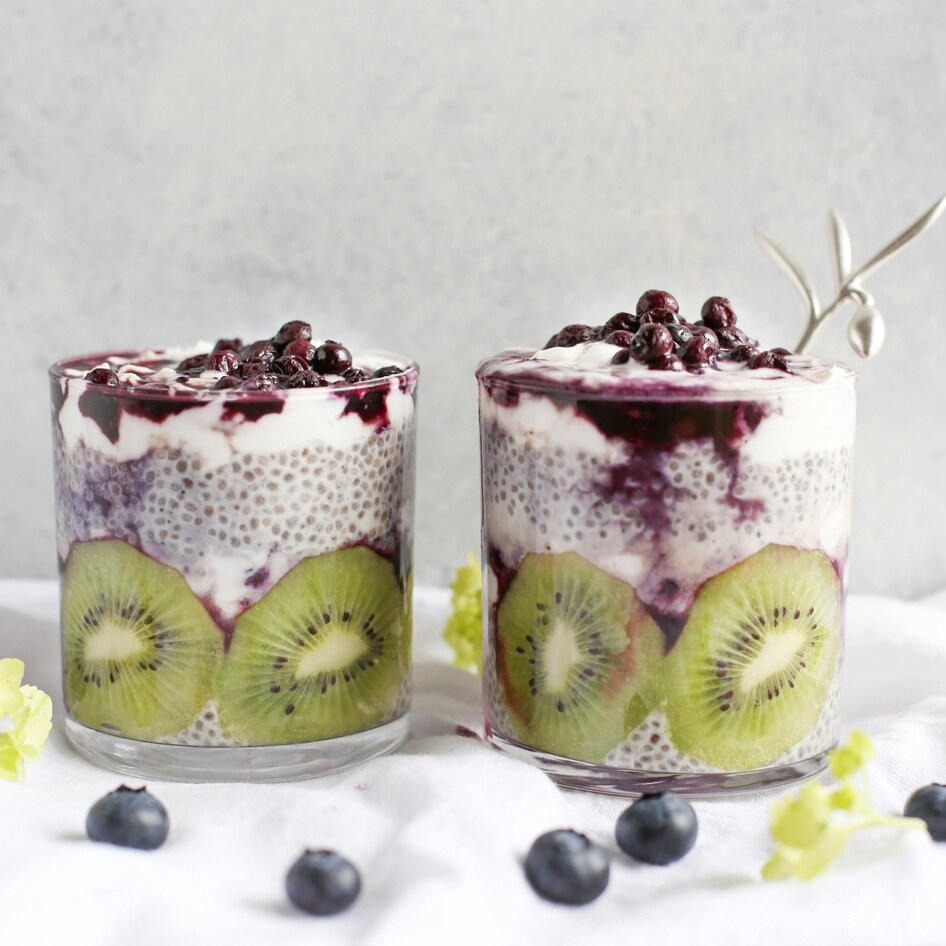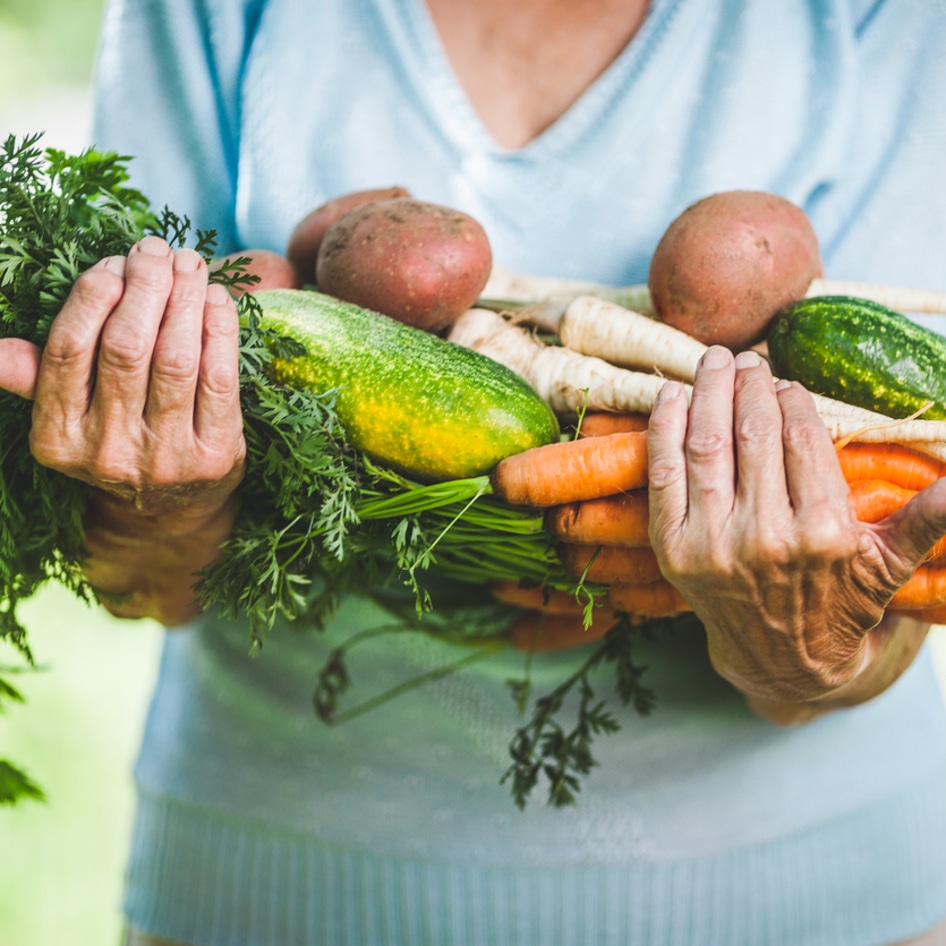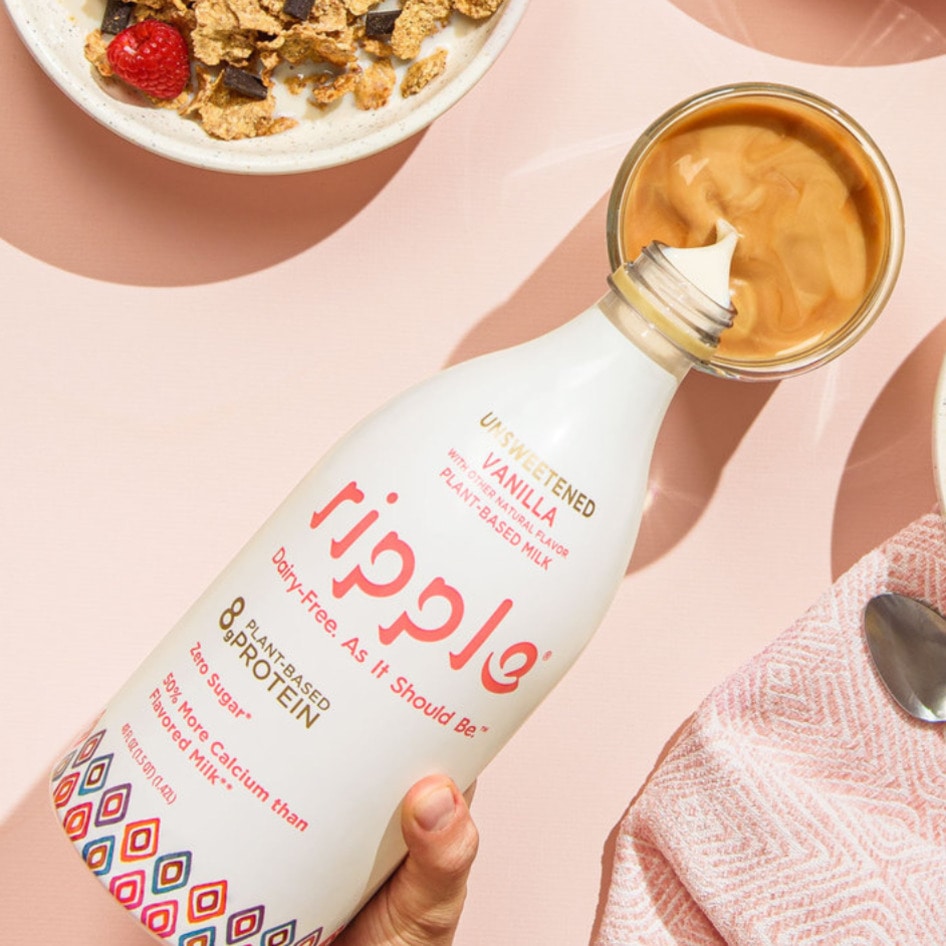Vegan 101: Food
The first installment of our Vegan 101 series focuses on one of the best things about being vegan: the food!
April 10, 2011
Whether you’re curious about the vegan lifestyle or have been vegan for years, this handy guide to vegan food will answer questions, share VegNews editor picks, and give you the 411 on faux meats, vegan beer, and more.
The Protein Question
“Where do you get your protein?” is easily the most common question vegans are asked. Protein naturally occurs in hundreds of plant-based foods, such as beans, nuts, and grains. Two tablespoons of peanut butter, for example, has eight grams of protein; one cup of cooked lentils provides 18. According to the US Department of Agriculture (USDA), the Recommended Dietary Allowance (RDA) of protein for the average American man and woman are 56 grams and 46 grams, respectively; on average, Americans eat almost twice those amounts.
Vital Vitamins
Like any person, vegans need to ensure they receive proper nutrition. Vitamin B12 is found in microorganisms that live in soil. When animals eat plants, they consume some soil particles, but since we wash our vegetables, we have to find our B12 in other forms. For adults, the RDA of B12 is about 2.4 micrograms, which is most easily achieved by taking supplements, though it can also be found in fortified non-dairy milks, cereals, and other products. Vegans also need to be careful to get omega-3s, essential fatty acids that have been shown to reduce coronary heart disease. Omnivores get their omega-3s from fish, but where do the fish get it? Algae! There are lots of algae-filled omega-3 supplements; you can also get your recommended daily dose (one gram, to be precise) from nuts, seeds, and flax.
Making the Change
People think of the switch to veganism as a drastic, I’ll-never-eat-ice-cream again life change, but it doesn’t have to be. Everything from cream cheese to Parmesan has been tastily veganized, and is available in your grocery store (if not, check out online shops Vegan Essentials and Cosmo’s Vegan Shoppe). Some VN favorites for meaty mainstays are Gardein scallopini and beefless tips, Tofurky slices, and Field Roast sausages; for our pizzas we love using Daiya cheese; Follow Your Heart’s Veganaise is great on sandwiches; Coconut Bliss and So Delicious make tasty ice cream—the list goes on and on. When grocery shopping, vegans need to be careful to read labels. Look to the bottom of the ingredients section for the bolded text “Allergy Information” or “Contains.” If the product contains dairy, put it back on the shelf. Other non-vegan ingredients to look out for (aside from the obvious milk, butter, eggs, and honey) are casein (a milk protein), rennet (mammalian stomach enzymes used in the production of cheese), carmine (a dye made from insect scales), and whey (a milk by-product). These guides will help you convert your comestibles:
Baking Substitution Guide
Guide to Non-Dairy Milks
Guide to Cooking Oil
Vegan Beer Guide
Vegan Wine Guide
(Faux) Beef it Up
Meat substitutes have come a long way in the past 20 years, and today vegans can enjoy everything from fried chicken to barbeque ribs. Tofu, which is pressed soybean curd, comes in firm forms great for grilling and baking, soft ones perfect for smoothies, and many others. Tempeh, a cousin of tofu, is another meat stand-in. Made from fermented soybeans, tempeh has a strong flavor and is good for savory dishes. Seitan, or wheat gluten, has a chewy, meaty texture and works well in sandwiches.
Resource Round Up
Hundreds of blogs, cookbooks, and websites are filled with vegan recipes and tips to help you in the kitchen. Some of our favorite recipes come from The Conscious Cook, 1,000 Vegan Recipes, The Candle Cafe Cookbook, and The Joy of Vegan Baking. Some sites we love are The Post Punk Kitchen, The Vegan Stoner, Vegansaurus, BitterSweet Blog, Manifest Vegan, VegWeb, and Global Vegan Kitchen.
Dining Out
With veganism’s popularity on the rise, more and more restaurants have added veg dishes to their menus, making dining out for vegans as exciting and tasty as it is for omnivores. Be respectful of the wait staff when asking for food without animal products, as most will happily prepare you a cruelty-free meal. Calling ahead to be sure the kitchen can tastily accommodate your needs is always a great strategy, too. Check out more dining-out tips:
Requesting Vegan Options
Friendly Fast Food
High-Flyin’ Fare
Now that you have the low-down on vegan food, there’s nothing left to do but eat. Bon appétit!
Want to know even more about the vegan lifestyle? Check out the rest of the VegNews Vegan 101 Series here.
JUMP TO ... Latest News | Recipes | Guides | Health | Shop







